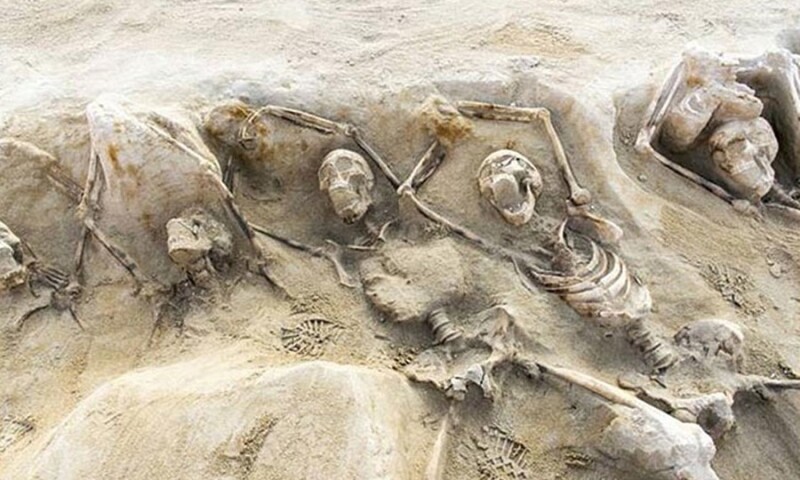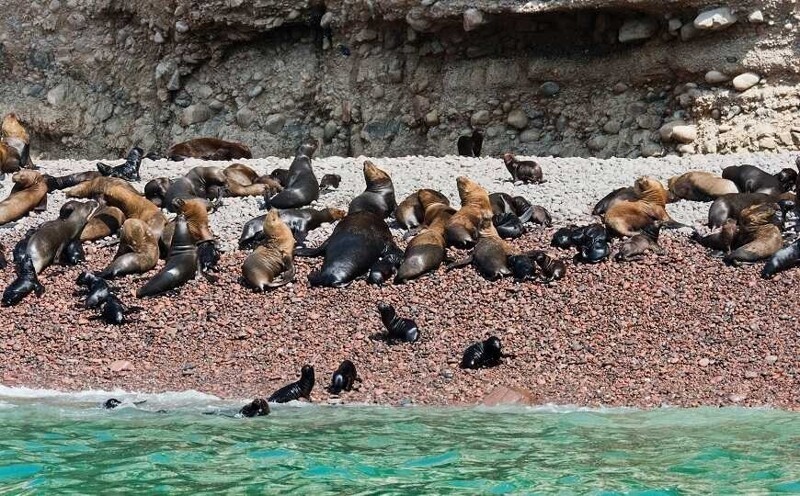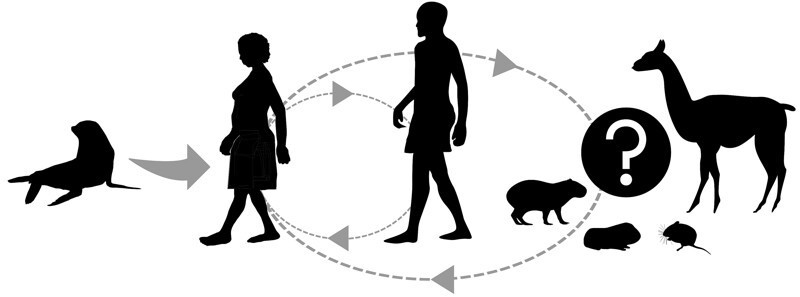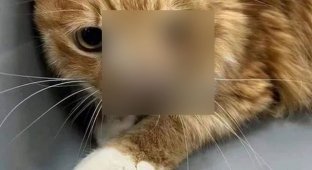In the 1990s, anthropologist Felipe Cardenas Arroyo from Columbia Institute of Anthropology and History during excavations next to Bogota found human vertebrae with tiny holes. He immediately realized that these were traces of tuberculosis. 
The scientist sent the bones to Jane Buikstra, a colleague who interested in the history of tuberculosis in the New World. She's not very burned with her research if the gift she sent lay with her for 20 years in a box and she only recently remembered about them. 
Tuberculosis now kills millions of people worldwide every year. world, in America and Europe are genetically similar, which hints at the disease came to the New World from the Old with colonists about 500 years ago. But traces of tuberculosis in the United States were found in the human remains of earlier times. From light mummies that lived more than a thousand years ago, in the coastal Peru, isolated the DNA of the pathogen. There are also older bones with clear signs of illness. 
At first, Buikstra assumed that the ancient tuberculosis could bring with them the ancestors of the first Americans who migrated to North America through the Bering Isthmus and then they followed to South America. But the dates do not really fit into this hypothesis, because the old bones with traces of tuberculosis have been found in Chile and Peru. They are referred by about 700 (some even by 290), while on territory of Mexico and America, such evidence began to accumulate not before 900. 
We decided to compare the genomes of different microbacteria of the tuberculosis complex, infecting various mammals - chimpanzees, humans, goats, voles, cows, seals and others. Most closely related to Peruvian The strain turned out not to be Koch's bacillus, but the contagious seal M. pinnipedii.
It appears that the ancient Peruvians hunted pinnipeds and became infected from them tuberculosis. But did they pass the bacillus on to the seal? human chain further? Or was it a local epidemic? Become look for traces of M. pinnipedii at archaeological sites far from shores - in the mountains, where the Indians could not meet pinnipeds. Approximately at this moment Jane Buikstra remembered the vertebrae from near Bogota, which 20 years lay in her closet. 
The capital of Colombia is located 600 km from the coast, at an altitude of more than 2600 meters above sea level, where there are no seals. But as the DNA from vertebrae, the bacterium M. pinnipedii was also there. To the city of Moquegua in Peru a skeleton with seal tuberculosis was also found. Its owner died in period from 1250 to 1470, and Colombian individuals (two) - in 1265-1380 gg. and 1450–1640, that is, one of them could catch a conquest, though in it is not the Spaniards who are to blame for his death, but the seals.
That is, you can already draw a clinical picture of tuberculosis in America before Columbus. 
The first smears are attributed to Africa, where the tuberculous microbacterium M. tuberculosis began to kill several thousand or tens of local residents thousand years ago. Then it spread to animals, including pinnipeds that have adapted their own strain of M. pinnipedii. And already in In this form, the disease passed to the New World. Already there, seals were slaughtered and ate the Indians and in the first millennium of our era, tuberculosis was again in people. Across the continent, it spread from the coast to the mountains along trade routes and then penetrated into North America, where he was then forced out European strain brought by the colonizers. Today the bacterium M. pinnipedii can only infect humans in zoos - infection sometimes found among pinnipeds. 
But there are also certain hidden touches.
In the settlements of the Muisca Indians, who lived on a plateau near modern Bogota (it was their vertebrae that were examined). Archaeologists are not found seal bones, and paleo-nutritionists have not identified seal isotopes in their diet, but they were ill with seal tuberculosis. They traded of course, emeralds, salt and cotton with coastal Muisca, but those as far as is known, they were not friends with seals. Most likely these Indians were infected from pinnipeds not directly, but through some other animals, which have not yet been identified.
And these same mysterious carriers could be involvedbe in distribution of M. pinnipedii throughout the New World. It is possible that domesticated llamas or guinea pigs could become reservoirs of the disease, noted paleogeneticist Aeschild Wogen from the University of Copenhagen and paleopathologist Tanvi Honap of the University of Oklahoma, lead authors research. Here are just guinea pigs and llamas, as far as we know, don't eat seals.
Add your comment
You might be interested in:






























